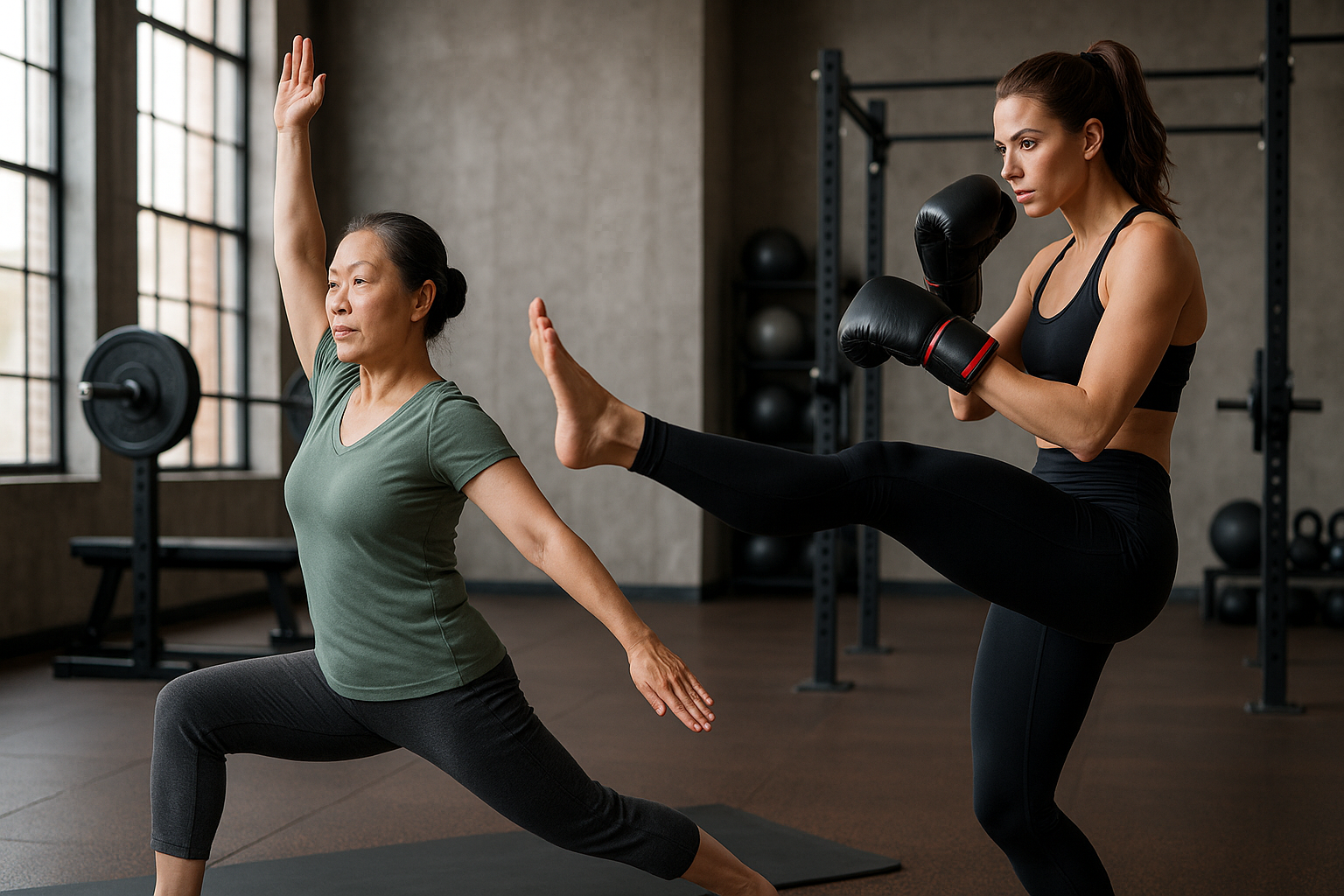Mobility and stretching sequences to enhance daily comfort
Gentle mobility and targeted stretching sequences can reduce stiffness, support posture, and make everyday movement feel easier. Integrating short practices into daily routines complements strength work, hydration, and rest to improve overall comfort without requiring long workouts or special equipment.

Everyday comfort often starts with how freely we can move. Simple mobility drills and stretching sequences address joint range, muscle tension, and habitual posture patterns that build up through work, training, or repetitive tasks. When practiced consistently, short sessions can reduce stiffness, make workouts more effective, and support recovery after stronger strength or toning sessions. This article outlines practical sequences and the lifestyle habits that support them so you can adapt movement to daily rhythms and feel steadier during common tasks.
This article is for informational purposes only and should not be considered medical advice. Please consult a qualified healthcare professional for personalized guidance and treatment.
How does mobility improve posture and comfort?
Mobility work focuses on safe joint movement and control, which directly affects posture. Tight hips, limited thoracic rotation, or reduced shoulder mobility force compensations that increase strain and discomfort. Gentle mobility sequences — such as controlled hip circles, thoracic rotations, and scapular rhythmic movements — encourage a fuller range of motion and better alignment. Improved mobility supports more efficient movement patterns throughout the day, helping reduce aches caused by prolonged sitting or repetitive tasks and complementing posture-focused routines.
What stretches aid muscle strength and toning?
Stretching and strength are complementary: active stretches that include tension and control can support muscle recruitment used in training. Dynamic stretches before workouts prepare muscles and nervous system for effort, while longer, passive stretches can help with recovery after strength or toning sessions. Examples include controlled leg swings combined with glute activation, or slow shoulder flexion with isometric holds. Integrating targeted flexibility with progressive strength training reduces injury risk and improves muscle function without sacrificing gains.
How can routines support recovery and hydration?
A consistent cooldown routine that blends mobility and light stretching aids recovery by promoting circulation and easing muscle tightness after workouts. Pair brief stretching sequences with hydration and nutrient-focused recovery strategies: water supports tissue repair, and balanced post-workout nutrition supplies substrates for muscle recovery. Short mobility sessions performed in the evening or the day after heavy training can reduce soreness, preserve range of motion, and keep movement quality high as you progress through training cycles.
How do movement and workouts fit with nutrition?
Movement quality influences how your body responds to training and nutrition. When mobility limitations alter movement patterns, workouts may underload intended muscles, affecting toning and strength outcomes. Combine consistent mobility practice with adequate nutrition — including protein for muscle repair and carbohydrates for training intensity — so sessions translate into functional improvements. Consider short mobility checks before workouts to ensure joints move through the desired range and energy intake matches training demands for better results.
How can sleep and stress affect mobility?
Sleep and stress are key contributors to how mobile and flexible you feel. Poor sleep can amplify muscle tension and reduce recovery capacity, while chronic stress often increases sympathetic nervous system activity, leading to tighter muscles and shallower breathing that limit movement. Prioritize sleep hygiene and breathing-focused mobility drills to manage tension. Short restorative sequences and diaphragmatic breathing practices can help downregulate stress responses, which in turn supports recovery and preserves joint range over time.
Where does skincare tie into fitness routines?
Skincare and movement intersect through hydration and recovery habits. Sweating during workouts increases the need to cleanse and replenish skin moisture, and post-exercise routines that include gentle cleansing and moisturization help maintain skin barrier health. Hydration supports both skin and muscle tissues; adequate fluid intake contributes to tissue pliability, while topical care can protect against chafing or irritation. Simple, consistent skin care alongside movement and recovery practices supports overall comfort.
Regularly scheduled mobility and stretching sequences are most effective when integrated into broader lifestyle patterns: balanced nutrition, proper hydration, consistent sleep, and mindful stress management. Short daily sessions — even five to fifteen minutes focused on joints and tight areas — can accumulate meaningful benefits, improving posture and making everyday movement easier. Tailor sequences to your typical activities and pair them with appropriate strength and conditioning work to support toning and muscle function without overloading tissues.
In closing, mobility and stretching are practical tools for enhancing daily comfort when used alongside sensible training and recovery habits. Thoughtful routines, attention to hydration and nutrition, and consideration of sleep and stress factors create conditions for steady improvement in movement quality and everyday ease.





